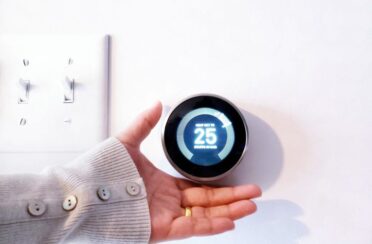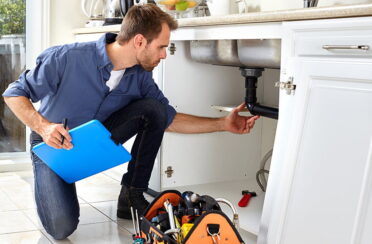 Most homeowners don’t think about water leaks when it comes to their air conditioner. After all, it’s an air system. Why would it be leaking water? What may surprise some homeowners is that every A/C has a condensate drain that has one job — trapping and funneling water away from your air conditioning system.
Most homeowners don’t think about water leaks when it comes to their air conditioner. After all, it’s an air system. Why would it be leaking water? What may surprise some homeowners is that every A/C has a condensate drain that has one job — trapping and funneling water away from your air conditioning system.
As your air conditioner is working, it blows uncooled air over the cold evaporator coils. This causes the air to cool down, but it also creates condensation. It’s just like a cup holding a cold drink. If the air outside the cup is warm enough, water drops (condensation) will form on the outside of the cup.
This water has to go somewhere. It first drips into a pan and then goes down a long pipe that funnels it outside your home. When the system is working well, you never even know it’s happening.
Condensate Drain Problems
Unfortunately, just like any drain, the condensate drain can get clogs. Sometimes there is dust or other particles in the air that drips out with the water as air passes over the coils. Other times, mould grows up in the drain pipe or the drain trap right below the drip pan.
Anything that slows or stops the flow of water can cause it to back up into the drip pan. If this goes on long enough, the drip pan will overflow. Depending on where your drip pan is located, this can lead to leaks and water damage in floors or even ceilings. If the water damage goes unnoticed, you can also develop mould and mildew problems in the area.
Fixing and Preventing Condensate Drain Clogs
Obviously, avoiding drip pan leaks is important, but how do you accomplish that? There are a couple of steps you can take:
- Keep your air filter clean to reduce the particles in the air.
- Schedule yearly maintenance for your air conditioner which includes checking and cleaning out the drip pan and condensate trap and line.
For more information about keeping your condensate drain clean or other HVAC issues in the Calgary area, contact Arpi’s Industries today.
Credit/Copyright Attribution: “geralt/Pixabay”


